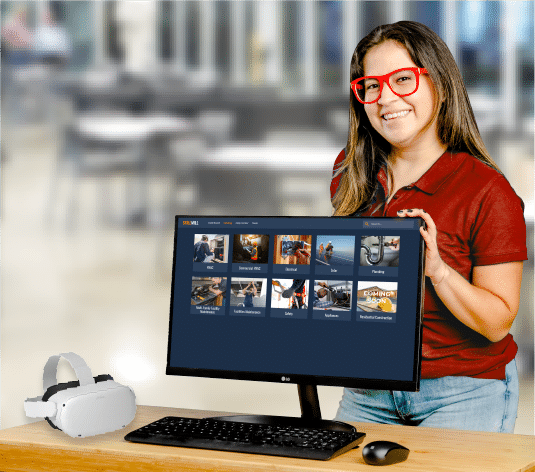Student engagement is both essential to learning and to program retention. As educators strive to keep the new generation of digitally-native students focused and engaged, many have turned to digital classroom activities as the solution. However, not all digital learning opportunities yield the desired results, and implementing the wrong type of digital learning activities can sometimes lead to an even greater sense of detachment with students who are struggling from cognitive overload.
Ultimately, there is a need for high quality, immersive learning opportunities and materials that keep students’ attention without adding to their stress. Interactive 3D simulations are proven to have higher retention and recall rates for students than traditional textbooks or videos and may be the solution educators have been seeking.
Effectiveness of Simulation-Based Learning
Simulation-based activities are giving students the ability to experience real-world situations in lifelike, virtual environments. Research has shown that students remember 90% of material that is picked up through experiences as compared to just 30% of what they hear, further building a case for these types of experiential activities.
The PwC 2022 U.S. Metaverse Survey found that virtual reality (VR) also keeps learners’ more focused. In a VR headset, simulations and immersive experiences command the individual’s vision and attention. There are no interruptions and no options to multitask. The survey found that VR-trained employees were up to four times more focused during training than their e-learning peers and 1.5 times more focused than their classroom colleagues.
Perhaps, most importantly, learners felt 275% more confident in applying skills after training – a sure sign of increased engagement. According to the survey, virtual reality is well known for teaching hard skills and offering realistic simulations, such as for airplane pilots or equipment maintenance, and 51% of companies are either in the process of integrating VR into strategy or have already built VR into at least one dedicated line of business. Additionally, 34% said that one of the biggest benefits they currently enjoy or foresee is “a more effective way to develop and train our people.”
Studies have consistently found that using virtual reality within learning environments increases learners’ enjoyment, interest and motivation to learn. When used as a supplement to existing curriculum, digital experiential learning platforms can provide on-demand, continuous learning that helps students build confidence and be better prepared for upcoming classroom and lab assignments.
Seeing Interactive Learning in Action
Tim Smith, HVAC expert and an assistant professor at Hudson Valley Community College in Troy, New York for 30 years, has seen how simulations can engage students. “I realized I was onto something with the simulations from Interplay when I saw how my younger students were so receptive to it. They loved it! Some of my older, more traditional, displaced workers took a bit longer to embrace it, but it helped them as well,” he said.
The PwC Study found that people connect, understand and remember things more deeply when their emotions are involved, and simulation-based learning in VR gives individuals the opportunity to feel as if they’ve had a meaningful experience. According to the survey, learners using VR are 3.75 times more emotionally connected than classroom learners.
Creating Customized Experiences
Technology-based content can be adjusted to students’ needs, unlike textbooks that may be updated and republished less frequently. Platforms can adapt to each user’s environment for a personalized learning experience that situates their learning within a relevant context.
The ability of technology-based content to pivot as needed ensures that the skills learned are aligned with the demands of the workforce. In the HVAC industry, for example, the emergence of new, climate-friendly refrigerants and how to handle them safely is now reflected in Interplay’s online courses.
Smith said technical schools need to reach out to local contractors to find out what their needs are. “Anything we missed was incorporated into our curriculum. The result was more work-ready students, higher salaries, and a 100% job placement rate that we are very proud of,” he said. “Some of our students had three or four job offers when they graduated – testament to their engagement and competencies, with the online simulations playing an important role.”
Attracting Students with Simulations
Learners are often impatient, distracted and overwhelmed, but interactive simulations keep students engaged. Digital learning opportunities not only increase learners’ enjoyment, interest and motivation to learn but also enable the use of custom experiences based on the learner’s needs. The ability to grow and scale engaging learning opportunities helps learners acquire real-world practical knowledge, such as that needed for the skilled trades, creating the job-ready workforce of the future.










